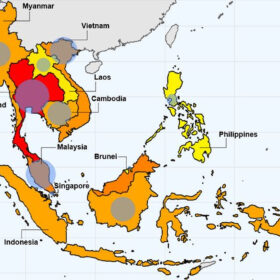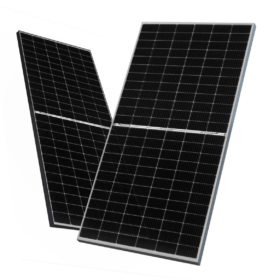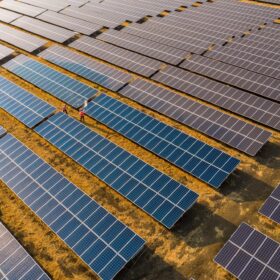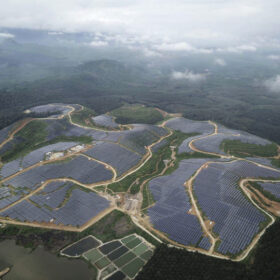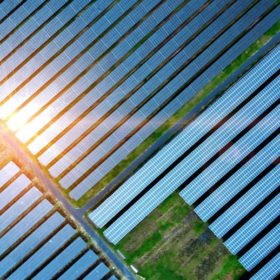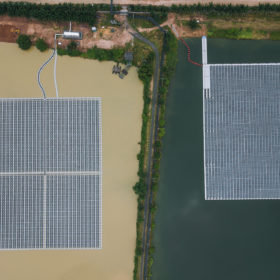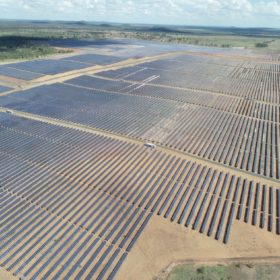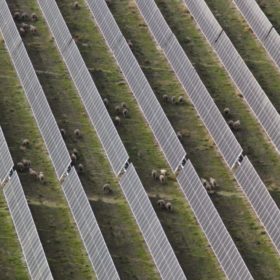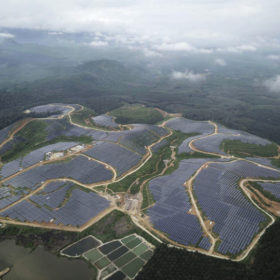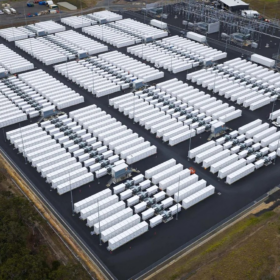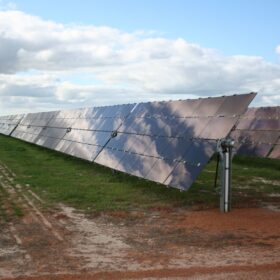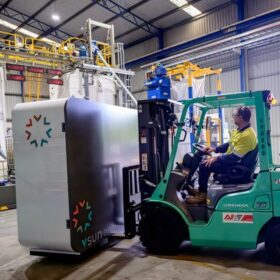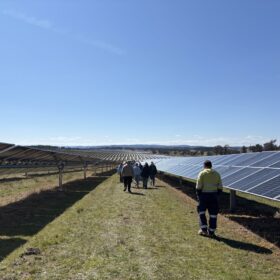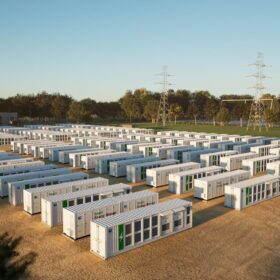Southeast Asia has technical potential to deploy over 1 TW of floating PV
A group of researchers from the US National Renewable Energy Laboratory assessed the potential for floating PV (FPV) plants at reservoirs and natural waterbodies in 10 Southeast Asian countries. It found that the overall FPV technical potential for the region ranges from 477 GW to 1,046 GW.
TOPCon PV modules outperform PERC by more than 5% in energy yield tests
A study by TÜV Nord in Malaysia shows that the latest generation of tunnel oxide passivated contact (TOPCon) modules surpass their older rivals on energy yield. The researchers compared n-type TOPCon modules with older p-type PERC modules, both manufactured by JinkoSolar over a three-month period earlier this year. The newer product showed an energy yield 5.69% higher than its PERC counterpart.
TotalEnergies, Gentari to co-develop 100 MW Queensland solar farm
French oil and gas supermajor TotalEnergies has signed an agreement with Gentari Renewables, the clean energy arm of Malaysia’s state-owned oil company Petronas, to jointly develop a 100 MW solar farm in southwest Queensland.
Southeast Asia solar markets set for growth this year
New PV capacity additions in Southeast Asia are expected to bounce back this year for the first time since 2020, according to the Asian Photovoltaic Industry Association. The market is expected to grow by 13% in 2023, for 3.8 GW of new installations.
Malaysia opens its renewable energy market to PPAs, cross-border trade
The Malaysian government is developing a new strategy to expand renewable energy use in the country and also boost the domestic renewable energy industry.
Australia singled out as key investment market for Asian majors
Executives from Gentari, the clean energy subsidiary of Malaysia’s state-owned oil company Petronas, and Japan’s biggest steelmaker, Nippon Steel, are eying Australia for future investments in renewables projects and green-steel manufacturing.
BayWa’s lessons from expanding into Southeast Asia
In recent years, global renewables developer BayWa re has been turning its attention to the Asia Pacific, expanding into Southeast Asia. Junrhey Castro, the company’s director of solar distribution in Southeast Asia, sat down with pv magazine Australia to discuss its experiences in the emerging markets of the Philippines, Thailand, Malaysia, and Vietnam.
Gentari seals deal for Wirsol’s Australian solar and storage assets
Malaysian oil and gas giant Petronas’ clean energy business Gentari has finalised its acquisition of Wirsol Energy’s Australian renewables assets, including 422 MW of operational capacity across solar and storage facilities, and 765 MW of potential capacity under development.
Malaysian oil giant reportedly set to buy Wirsol’s Australian portfolio
Malaysian oil giant Petronas is reportedly set to buy the Australian renewable assets of German developer Wirsol. With roughly 750 MW of solar and storage projects and nearly double that in development, the deal could be worth between $900 million (USD 625 million) to $1 billion, according to Reuters.
Malaysia to grant 4-year PPA extensions to bidders in large-scale solar tender
The Malaysian authorities have revealed that they will extend power purchase agreements from the fourth LSS4 tender for large-scale PV from 21 to 25 years.
